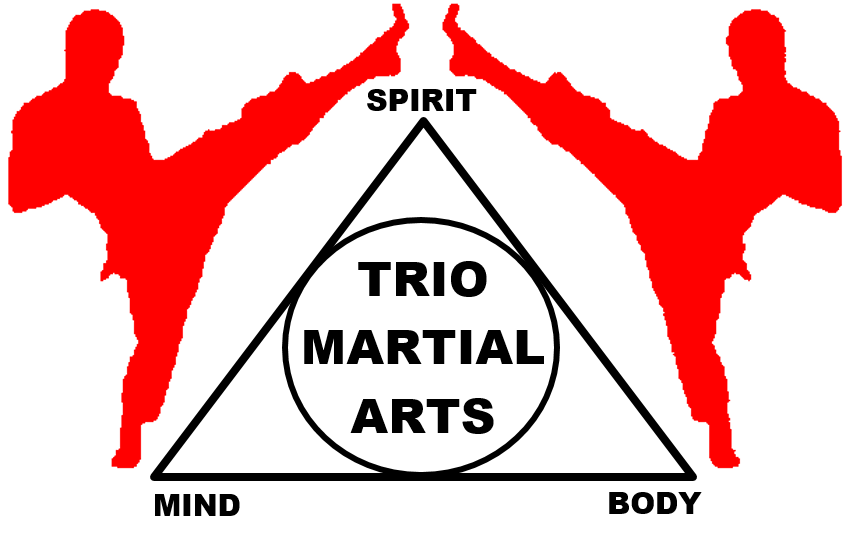|
Author: Bret Gordon  So far in this article series, we've explored both Kiko and Reiki (with an emphasis on the latter). In part 1 (click here) I focused on the benefits of Reiki for physical healing, and in part 2 (click here) we dove into the the emotional and spiritual aspects of Reiki, including why it works, how it can be dangerous, and the Scriptural justifications for its usage. Part 3 will relate all of this back to the martial arts, specifically Aiki Jujutsu, but there is a significant aspect of the spiritual side of Reiki I feel must be addressed first. To summarize, spiritual healing through Reiki is not meant to provide salvation or the forgiveness of sins. We established that healing through touch is an ancient form of medicine used by Christ Himself, and that by gaining a true understanding of Ki rather than a mystical one, we can begin to correlate this instinctual practice with commonly accepted forms of medicine and therapy. All of that being said, there is another part of traditional Reiki practice that I will concede is largely contradictory to Christian faith. During his lifetime, Dr. Usui revealed four symbols that "aid" the practitioner in administering the healing touch (pictured above). These symbols were meant to be drawn in the mind, or with the hand, when performing a Reiki session. Further, he advocated the practices of Jumon/Shingon, and Kotodama. In essence, these practices center around the ritual use of vocalization.  While there are stories of Dr. Usui being a Christian theologian, there is no evidence to support the claim that he was anything other than a practitioner of Shinto. As such, when codifying his system of natural healing, it is only natural that certain aspects of Shintoism shaped his beliefs and teachings. From a Christian perspective, we can dismiss the specific symbols he taught but not the power of symbols themselves. After all, how many Christians make the sign of the cross and believe in its power? The practice of ritual vocalization is another area where Dr. Usui's Shinto beliefs may have been misguided, but the concept is not entirely contradictory to Christianity. After all, some of the most beautiful sounds I've ever heard have been Gregorian chants, and the practice of chanting is present in nearly every religion including the Abrahamic faiths. So while what he was chanting may not have been Christian in nature, the practice itself certainly can be. Moreover, the power of vocalization and speech is confirmed in Scripture as there are no less than 5 verses describing how God spoke the universe into existence. As we are made in His image, our words also have power. "Death and life are in the power of the tongue, and those who love it will eat its fruit." (Proverbs 18:21). When a person develops a codified system of anything, it becomes hard to decipher what is actually part of the system and what are simply that person's beliefs. Dr. Usui was not a Christian, and so it would be unfair to expect everything he taught to be fully aligned with the Christian faith. While certainly part of his belief system, neither Jumon or Kotodama are featured in Usui's personal handbook on Reiki. According to his manual, the 3 pillars of Reiki are:
0 Comments
Your comment will be posted after it is approved.
Leave a Reply. |


